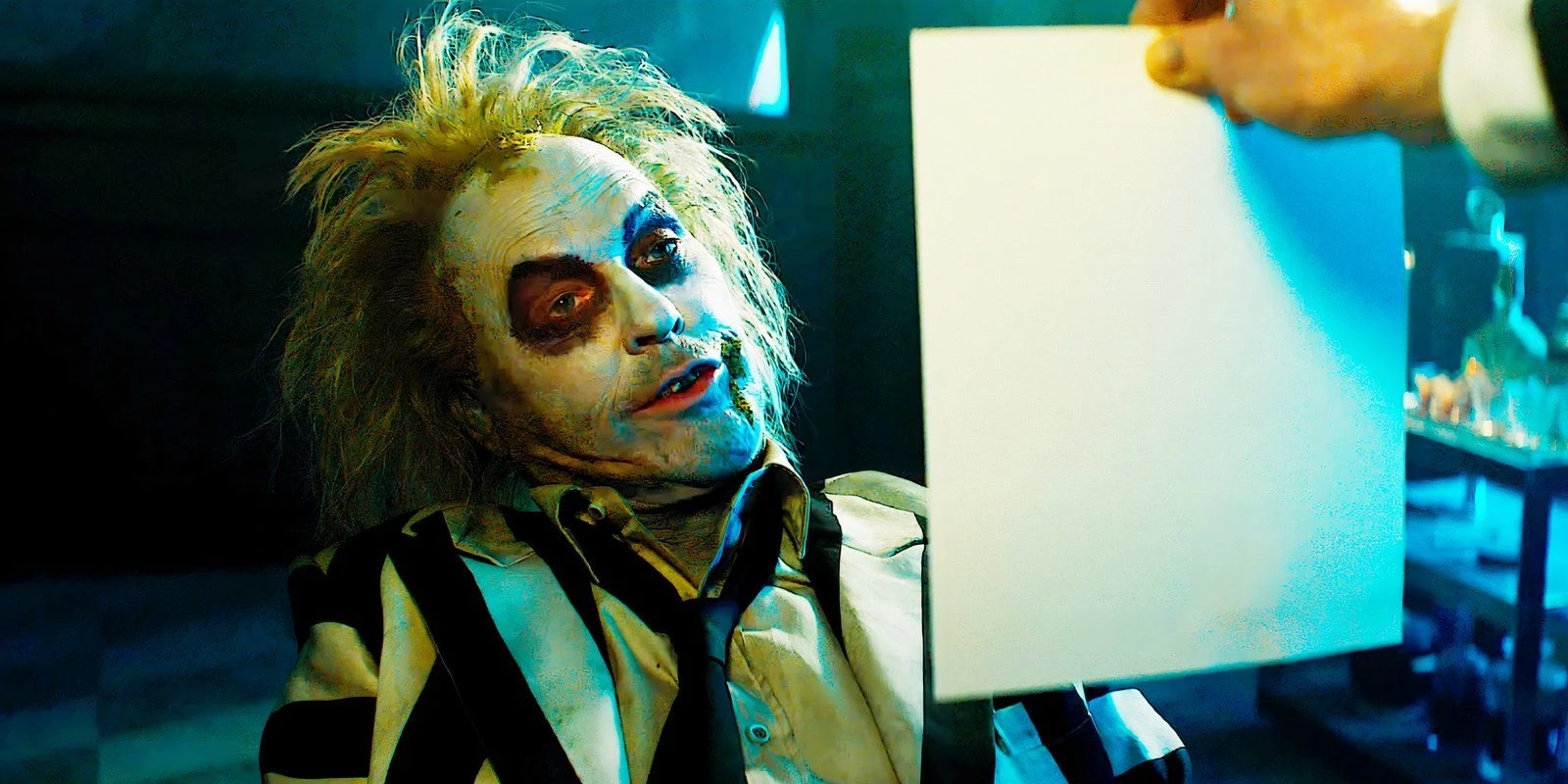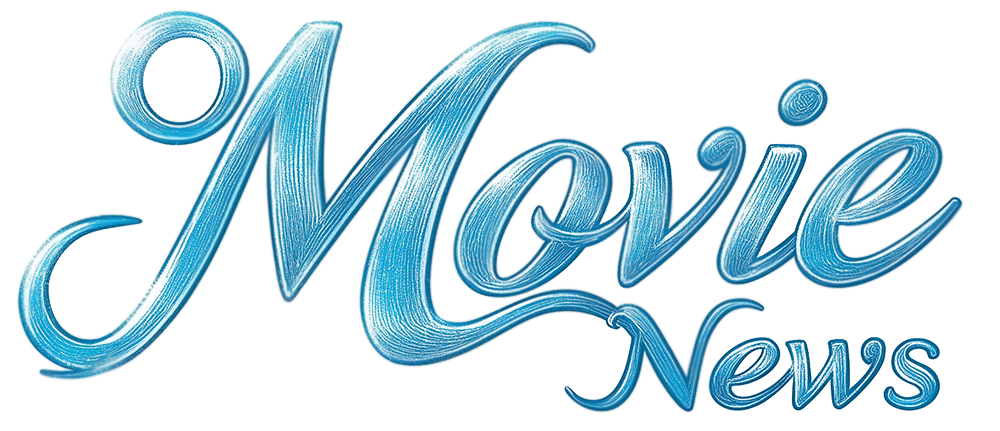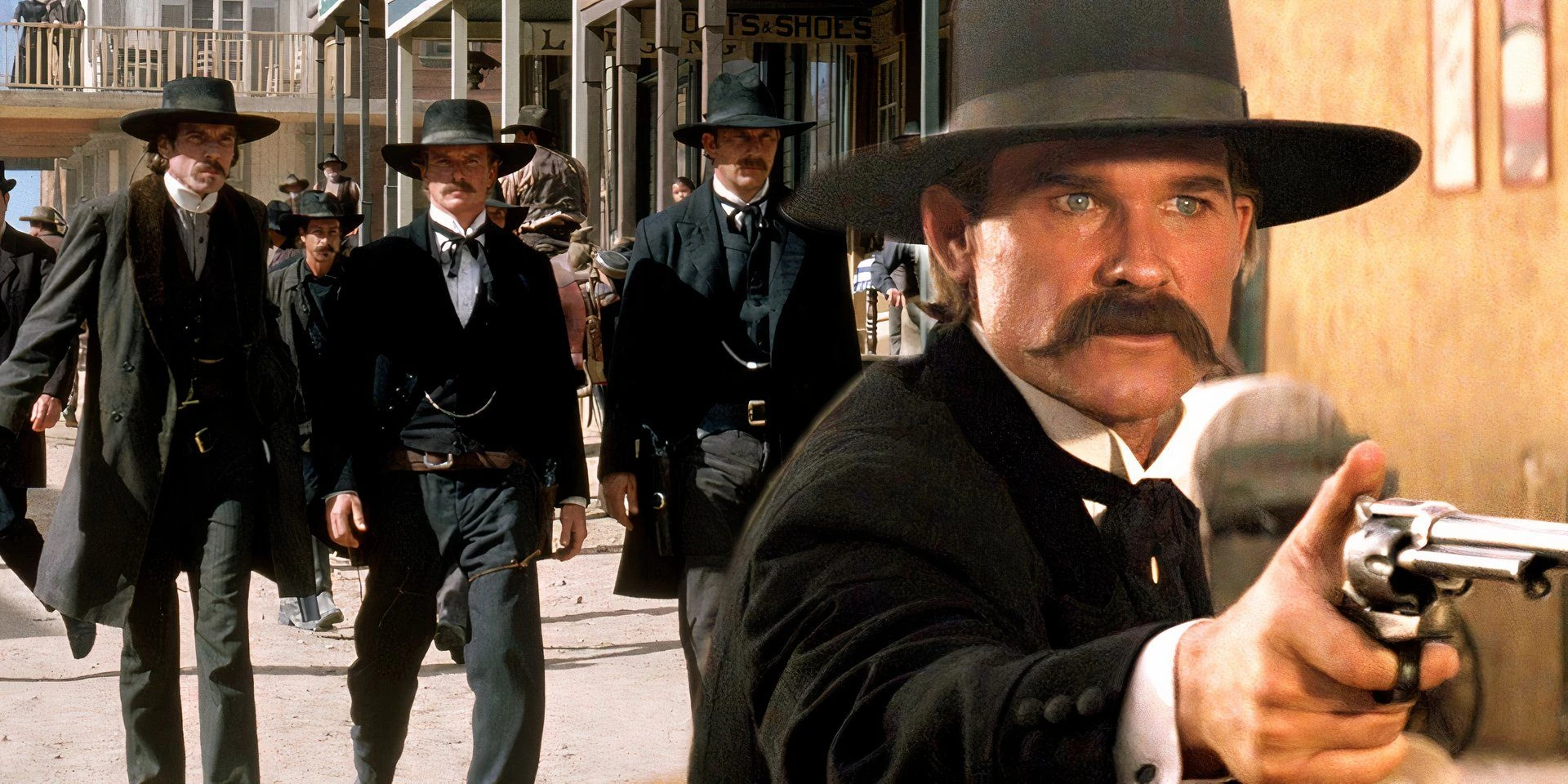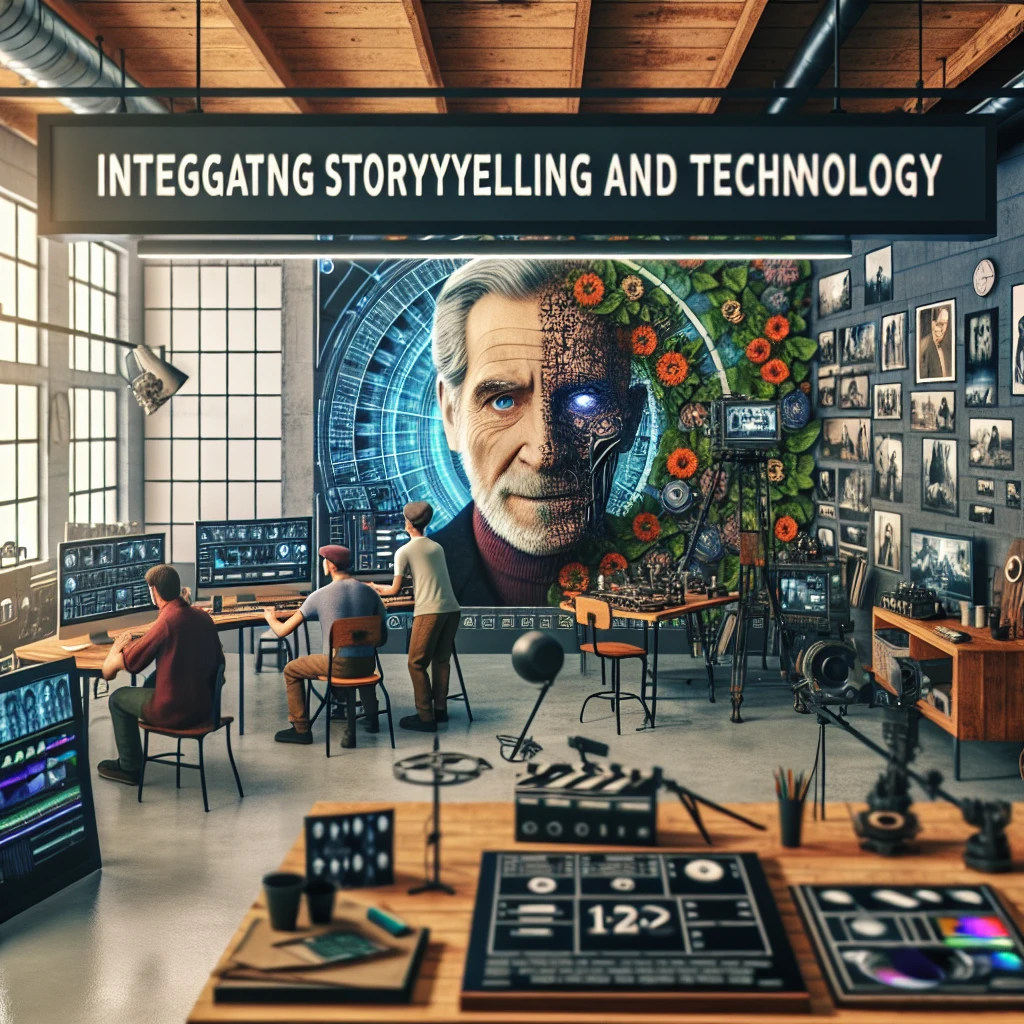Unpacking the Visual Effects of Multiplicity (1996)
In the 1996 sci-fi comedy Multiplicity, directed by Harold Ramis, Michael Keaton takes on the role of Doug Kinney, a scientist who undergoes a groundbreaking cloning experiment to better juggle his work and family life. Despite its intriguing premise and a cast that includes Andie MacDowell and Eugene Levy, the film stumbled at the box office, earning just $37 million worldwide against a production budget of roughly $45 million. However, it did offer some noteworthy visual effects sequences that deserve attention.
Corridor Crew’s Analysis of Multiplicity
In a recent episode of the “VFX Artists React” series on YouTube, the visual effects team at Corridor Crew dissected several scenes from Multiplicity. They highlighted the film’s innovative digital techniques that convincingly depict multiple Keatons interacting with one another. One notable scene involves Keaton blowing cigarette smoke into his own face. Host Niko Pueringer explained that, given the era before the availability of online stock footage, the smoke was likely captured separately in-studio and then composited into the shot:
“Here’s the thing: there wasn’t stock footage back then that you could just buy online. This is all studio-made for the movie, for the most part. Somebody is probably in the studio, turning off all the lights, setting up a black ball and actually shooting smoke at it.”
Next, they examined a scene featuring four Keatons in a single frame, with Pueringer commending the scene’s impressive rotoscoping:
“I will say, the edge, the roto-edge between red-shirt Michael Keaton and buttoned-up Michael Keaton. That’s one very clean edge.”
Finally, they analyzed a sequence where one Keaton pours soda for another. This scene cleverly uses two techniques: cutting parts of Keaton’s hand around the glass to merge two separate shots, and a “quick swap,” in which the glass being filled is replaced with a pre-filled one just before Keaton picks it up.
The Impact of Visual Effects on Multiplicity
The Critique: Style Over Substance
Despite the creative visual effects, Multiplicity fell short with audiences. Released in 1996, the film utilized the limited VFX technology of the time to create the illusion of multiple Keatons. However, the Corridor Crew’s insights highlight that these impressive visuals were not enough to win over viewers. Critics often pointed out that the film prioritized visual spectacle over a compelling narrative.
Michael Keaton’s legacy as an actor is largely tied to his collaborations with Tim Burton in films like Beetlejuice (1988) and Batman (1989), with Multiplicity being his sole project with Ramis.

Every Tim Burton & Michael Keaton Movie, Ranked
On Rotten Tomatoes, Multiplicity holds a mediocre 45% critics’ score and a 49% audience score. Reviews frequently criticize the film for emphasizing its visual effects rather than delivering a strong story. Though the effects were well-executed, the script failed to captivate audiences, contributing to the film’s inability to recoup its budget.
Reflecting on Multiplicity’s Visual Effects
The Combined Star Power of Ramis & Keaton
Michael Keaton is known for his charismatic performances, yet even his multiple portrayals in Multiplicity couldn’t save a lackluster story. Harold Ramis, famed for directing classics like Caddyshack (1980) and Groundhog Day (1993), couldn’t quite bring the magic to this 1996 venture. Nonetheless, Multiplicity remains an enjoyable watch, and its nearly three-decade-old effects continue to impress.
Source: Corridor Crew

Multiplicity
- Comedy
- Romance
- Sci-Fi
Multiplicity is a comedy film directed by Harold Ramis, starring Michael Keaton as Doug Kinney, a man overwhelmed by the demands of his career and family life. To cope, Doug undergoes an experimental cloning procedure, creating multiple versions of himself, each with distinct traits. Andie MacDowell co-stars as Laura, Doug's unsuspecting wife, as complications ensue from the presence of the clones.




